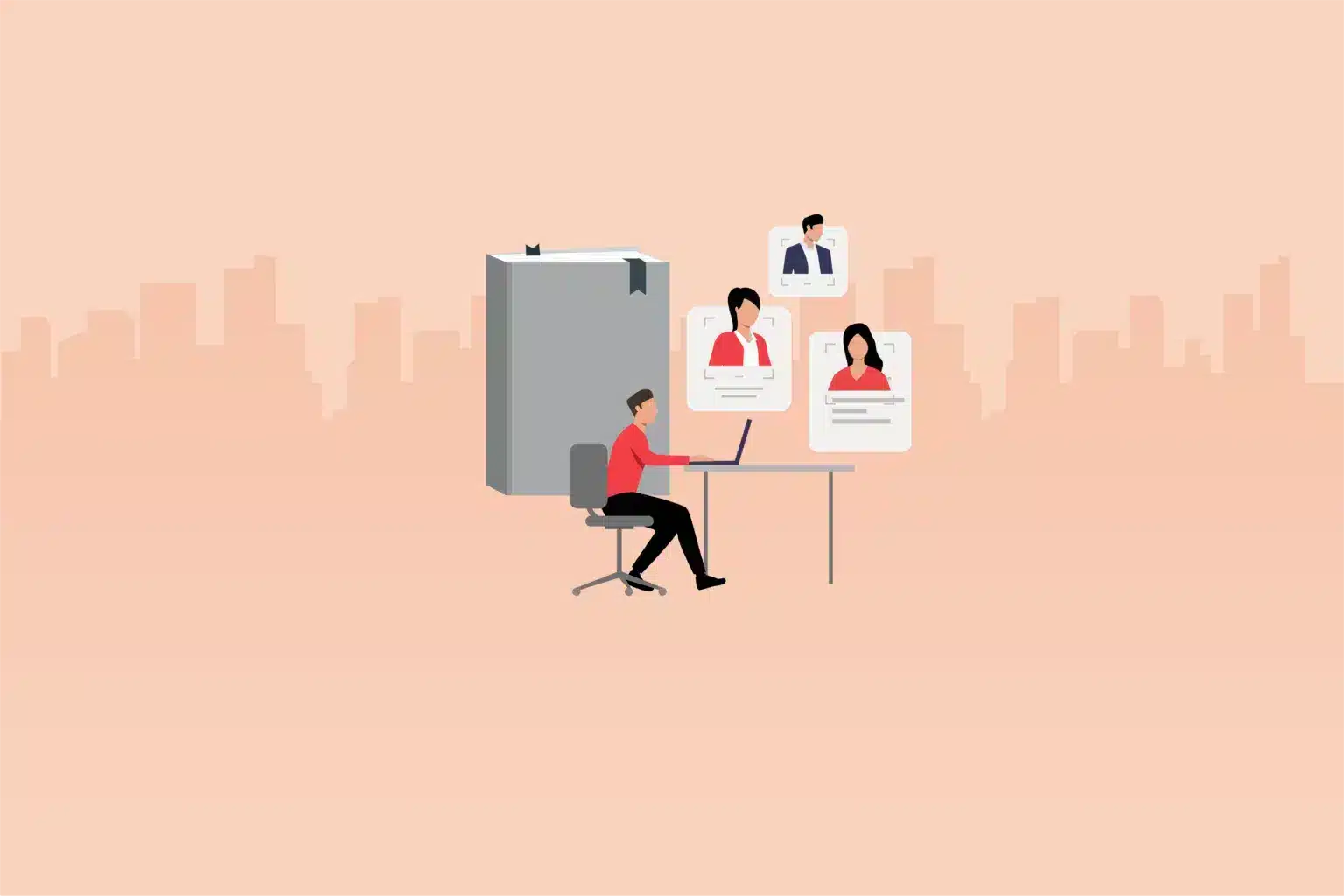In our latest blog, we delve into the world of Situational Judgment Tests (SJTs), a popular tool in talent assessment. Despite their widespread use, SJTs face their share of skepticism. We address five common criticisms, backed by data, including a revealing statistic that 62% of HR professionals find SJTs effective in predicting job performance (source: SHRM). This piece aims to demystify SJTs and highlight their role in modern hiring practices.
Exploring the basics of situational judgement tests
Situational Judgement Tests (SJTs) are a unique tool in the recruitment process, designed to evaluate how candidates might handle specific work-related scenarios. These tests present various situations, often reflecting challenges or dilemmas one might encounter in the job, and ask the candidate to select the best response from multiple choices. The beauty of SJTs lies in their practical approach. They don’t just test theoretical knowledge or skills, but focus on practical decision-making and problem-solving abilities.
One of the key benefits of situational judgement tests in hiring is their ability to provide insights into a candidate’s soft skills. These include communication, teamwork, and adaptability – skills that are crucial in almost every job but hard to measure through traditional assessments. By presenting real-life scenarios, SJTs help employers see how a candidate’s skills and values align with the job and the company culture. This makes SJTs a valuable tool in predicting a candidate’s future performance and fit within an organization.
In essence, situational judgement tests offer a more dynamic and holistic view of a candidate’s potential, going beyond what resumes and conventional interviews reveal.
Tackling the critique of bias in SJT responses
A common concern with Situational Judgement Tests (SJTs) is the perceived subjectivity and potential for bias in responses. This critique stems from the idea that what one person deems the ‘best’ response in a given scenario might not be seen the same way by someone else. This subjectivity can be influenced by a range of factors, including personal experiences, cultural background, and individual values.
To address this, those designing SJTs need to strive for objectivity. This involves creating scenarios and response options that are relevant and applicable across diverse groups. It also means having a diverse team involved in the test development process to ensure a wide range of perspectives is considered. Additionally, a scoring system that recognizes multiple effective responses rather than a single ‘right’ answer, can help mitigate the risk of bias.
The goal is to make SJTs as fair and inclusive as possible. By acknowledging and actively working to reduce subjectivity, SJTs can become a more reliable tool in assessing a candidate’s suitability for a role. This careful design and implementation can help ensure that situational judgement tests provide valuable insights into a candidate’s decision-making and problem-solving abilities in a fair and unbiased way.
Examining the cultural bias concerns in SJTs
When it comes to Situational Judgement Tests (SJTs), one of the significant concerns is cultural bias. This type of bias occurs when the content of the test or the way it’s evaluated favors candidates from certain cultural backgrounds over others. This is a critical issue because the workplace is increasingly diverse, and fairness in hiring is more important than ever.
The challenge with SJTs in this context is ensuring that the scenarios and questions are culturally neutral. This means they shouldn’t assume or require knowledge specific to a particular culture or social background. For example, a scenario based on social norms from one culture might be unfamiliar or irrelevant to a candidate from another culture, putting them at a disadvantage.
To counter this, those who develop SJTs need to be mindful of cultural diversity. This can involve consulting with experts in cross-cultural psychology, conducting extensive field testing across diverse groups, and regularly reviewing and updating the tests to ensure they remain relevant and fair.
By addressing cultural bias, SJTs can be more effective and equitable. It’s about making sure that these tests measure a candidate’s true potential and decision-making abilities, not their familiarity with a specific cultural context. This approach helps ensure that situational judgement tests are as fair and inclusive as possible, reflecting the diverse nature of the modern workforce.
Assessing the efficacy of SJTs in forecasting job performance
A pivotal aspect of Situational Judgement Tests (SJTs) is their ability to forecast job performance. Unlike traditional testing methods, SJTs don’t just gauge a candidate’s knowledge or skill level. Instead, they focus on how individuals might react in real-world, job-related situations. This approach provides a glimpse into their practical problem-solving skills, decision-making capabilities, and potential behavior in the workplace.
The efficacy of SJTs in predicting job performance lies in their design. By simulating scenarios that are closely aligned with the challenges and dilemmas one might face in a specific role, these tests can reveal how a candidate processes information, weighs options, and arrives at decisions. This insight is particularly valuable in roles where interpersonal dynamics, ethical judgment, and quick thinking are critical.
However, it’s important to note that SJTs are most effective when used as part of a broader assessment strategy. They should complement other evaluation tools like interviews, skill assessments, and reference checks. By integrating SJTs into a comprehensive assessment process, employers can gain a more complete understanding of a candidate’s capabilities and how they might perform in their role. This holistic approach helps in making more informed and accurate hiring decisions.
Exploring the suitability of SJTs across various job roles
Situational Judgement Tests (SJTs) are versatile tools in the recruitment process, but their suitability can vary depending on the job role. These tests are designed to simulate real-life scenarios that a candidate might encounter in the workplace, challenging them to demonstrate their problem-solving and decision-making skills. However, the effectiveness of SJTs largely depends on the nature of the job and the skills it requires.
For roles where interpersonal interaction, customer service, and team collaboration are key, SJTs can be incredibly insightful. They allow employers to gauge how candidates might handle conflicts, work within teams, or deal with challenging customers. These are scenarios where theoretical knowledge or technical skills alone don’t provide a complete picture of a candidate’s capabilities.
On the other hand, for highly technical or specialized roles, where specific knowledge or technical expertise is paramount, SJTs might be less impactful. In these cases, skill-based tests or technical assessments might be more appropriate to assess a candidate’s suitability.
It’s important for hiring managers to consider the specific requirements of a role when choosing assessment tools. While SJTs offer valuable insights into a candidate’s soft skills and situational judgment, they should be used in conjunction with other assessment methods to ensure a well-rounded evaluation of a candidate’s fit for a particular role.
Conclusion
In conclusion, while Situational Judgment Tests (SJTs) are not without their criticisms, they remain a valuable tool in the hiring arsenal. By understanding and addressing these concerns, we can better harness the potential of SJTs to predict job performance and fit. As the landscape of talent assessment evolves, it’s crucial to continually assess and refine our methods, ensuring they are as effective and fair as possible for all candidates.
Integrate Testlify in your remote recruitment process and improve your overall candidate experience. Sign up now with Testlify right now and check out our situational judgment test library.








